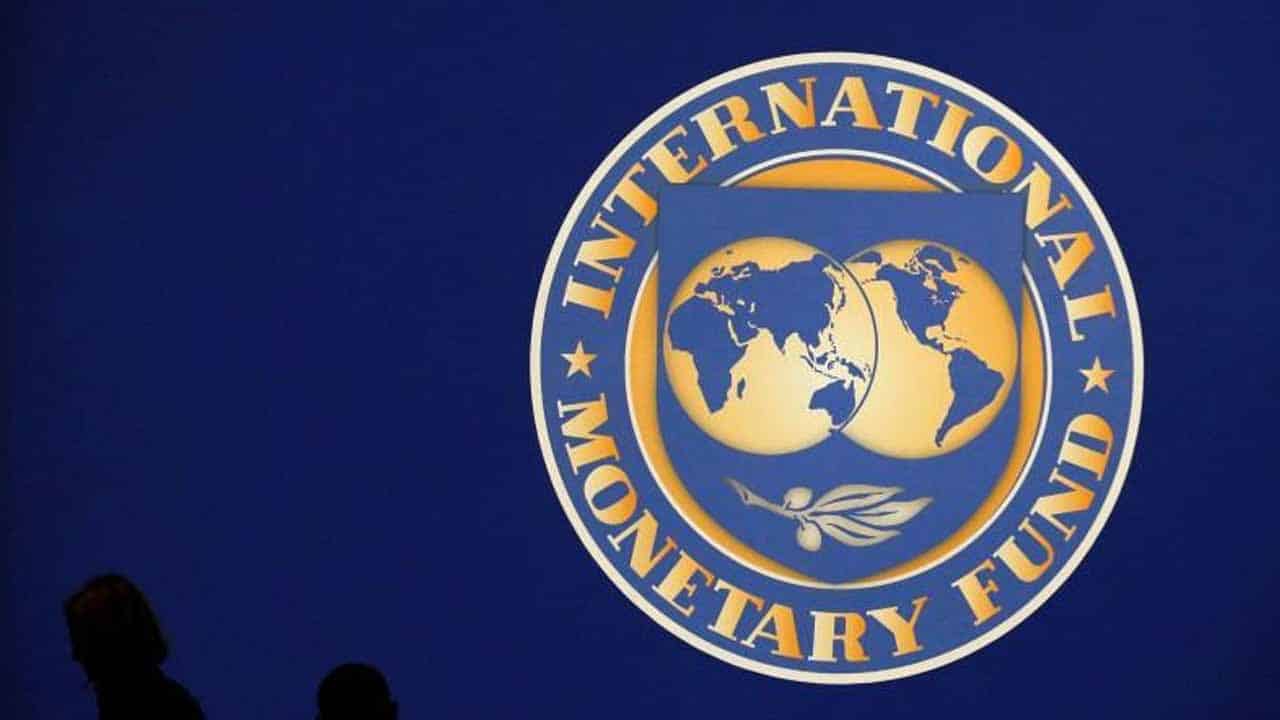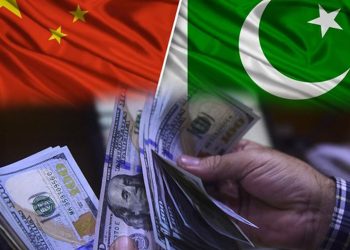In its regional economic outlook for the Middle East and Central Asia, the lender painted a bleak picture of the near-term future of the region’s economies.
The economies of North Africa and the Middle East and Pakistan are expected to undergo a modest turnaround this year, reflecting tight policies in many countries to restore macroeconomic stability the report said.
In countries where inflationary pressures continue and the stance is relaxed, tighter monetary policy should be considered (Egypt, Pakistan, Tunisia), the lender noted.
In the report, the lender detailed that headline inflation continued to trend upward in most EM&MIs (Egypt, Morocco, Pakistan, and Tunisia, partly reflecting the impact of past exchange rate depreciations and persistently elevated food prices, but also rising price pressures, as underlined). an increase in core inflation with a relaxed monetary policy (Egypt, Pakistan, Tunisia).
In Pakistan, policy interest rates stood at levels below model-based estimates of natural rates, suggesting that monetary policy stances were still loose at the end of 2022 and further hikes were needed to bring stability, according to the lender. Pertinently, the State Bank of Pakistan has already raised interest rates to 21 percent in order to contain inflation, which reached 36.4 percent in April.
Pakistan undertook a major fiscal expansion in 2022. In low-income countries, primary fiscal positions worsened in most countries due to higher commodity prices, the report said.
Vulnerabilities persist in low-income economies such as Pakistan The lender notes that higher inflation in 2022 was the main driver for public debt restraint in most MENA EM&MI countries and Pakistan. Debt levels declined slightly in Egypt and Jordan as higher nominal GDP growth more than offset interest costs.
In contrast, public debt-to-GDP ratios continued to rise in Pakistan and Tunisia, reflecting a combination of still-high overall fiscal deficits and the impact of exchange rate depreciation, offsetting the eroding effect of high inflation.
External vulnerabilities low economic income in pakistan
Current account deficits for MENA EM&MIs worsened from 4.7 percent of GDP on average to around 5 percent of GDP in 2022. However, the expansion was more pronounced in Pakistan (from 0.8 percent of GDP to 4.6 percent of GDP), reflecting rising import bills due to higher commodity prices.
Overall, the modest easing of financial pressures in the MENA region and Pakistan since October 2022 was reversed by a tightening of global financial conditions in March amid global banking turmoil. Meanwhile, sovereign bond spreads have widened and borrowing costs have risen sharply in many EM&MI countries (Lebanon, Pakistan, Tunisia) compared to October 2022.
Inflation
In Pakistan, inflation is expected to more than double to around 27 percent this year, reflecting rising price pressures, the lender said.
According to the IMF outlook, external vulnerabilities in the EM&MI region remain elevated, underlined by large current account deficits and shrinking foreign exchange reserves in some countries in 2022. External financing needs for EM&MI in the MENA region and Pakistan are estimated to remain large.
On a separate note, the lender wrote that financial markets in the region moved in line with global trends, although countries with heavy debt burdens saw a greater impact. Stock markets fell across most of the region, with Egypt, Jordan, Oman, Pakistan, and Qatar recording the biggest declines.






